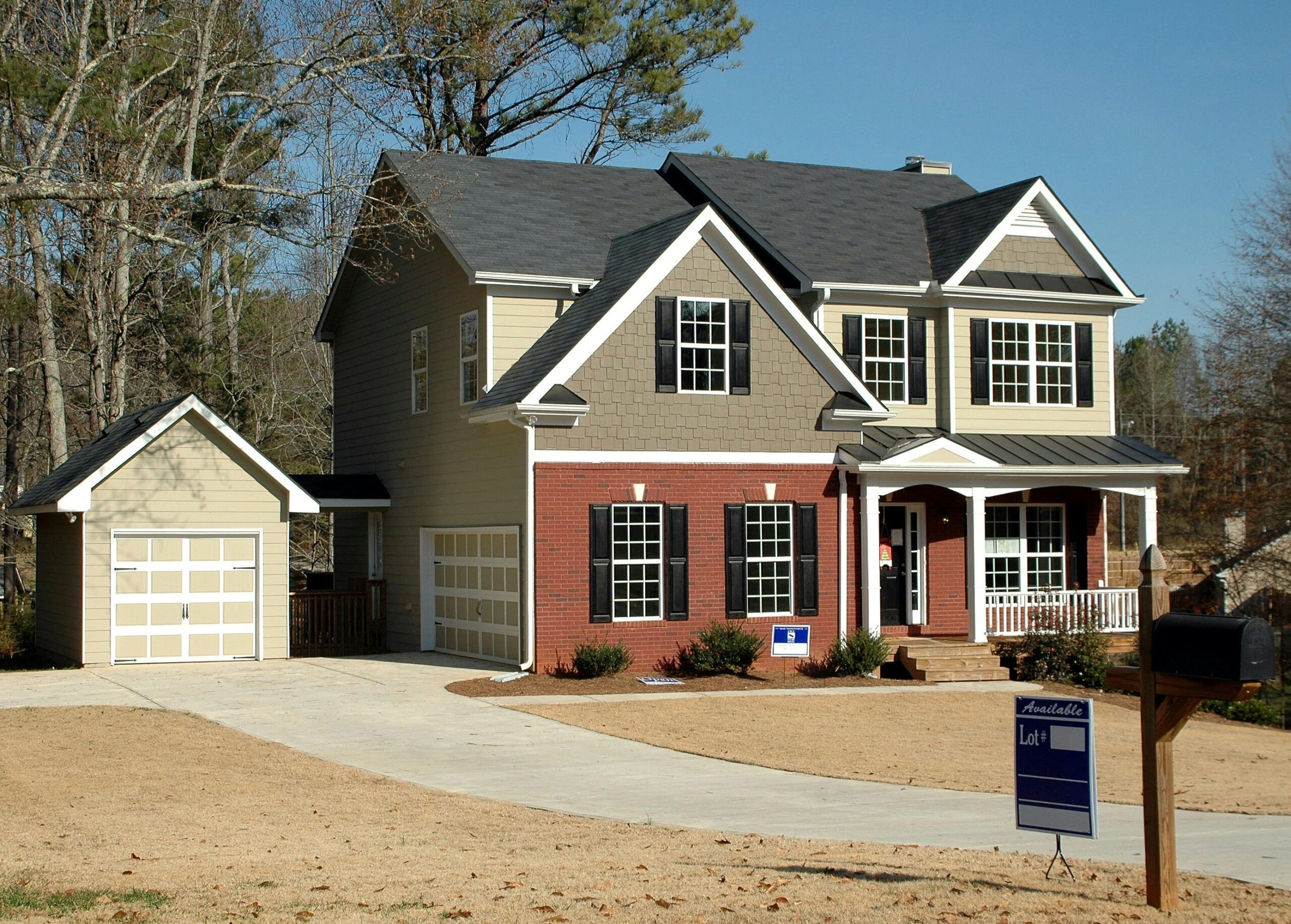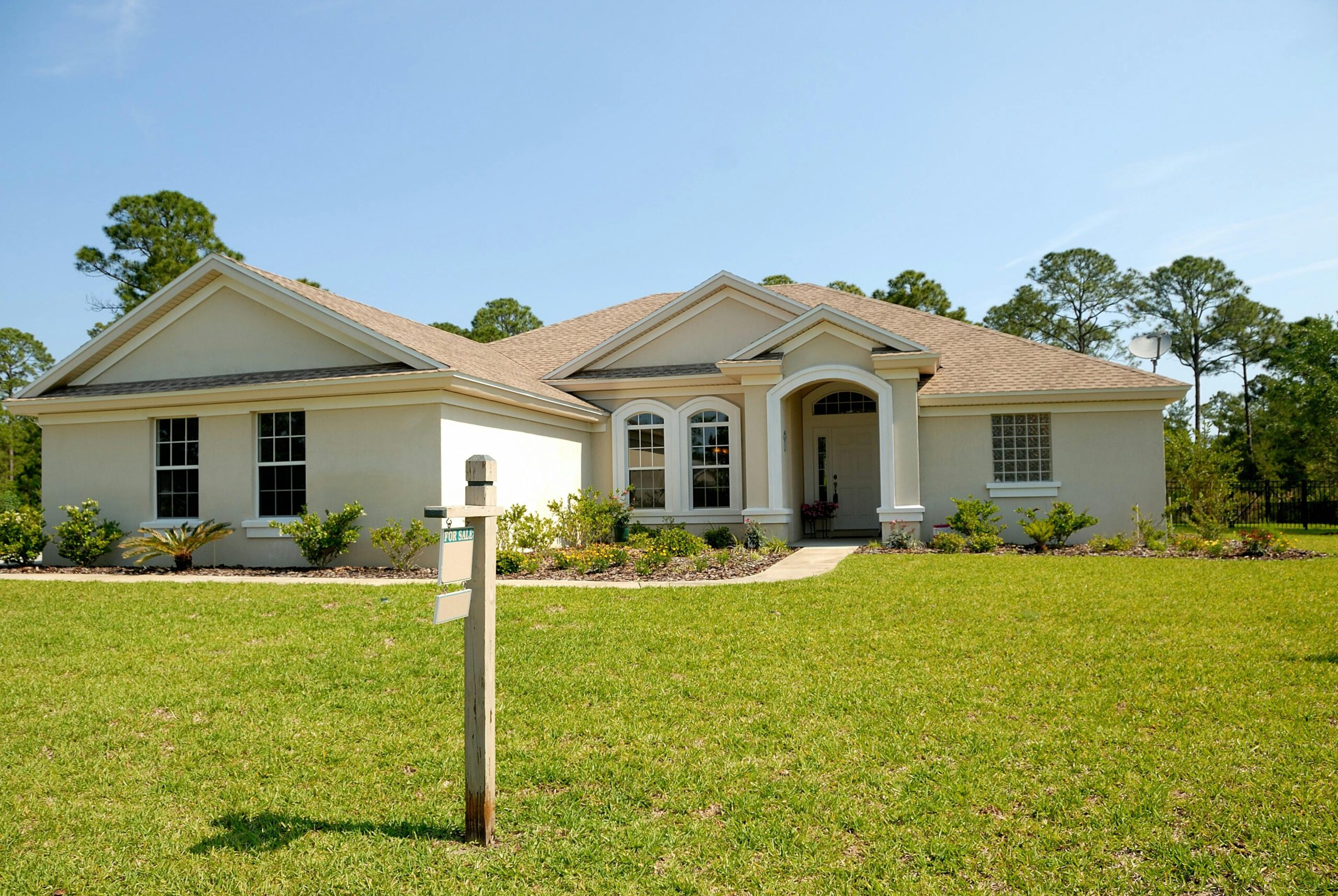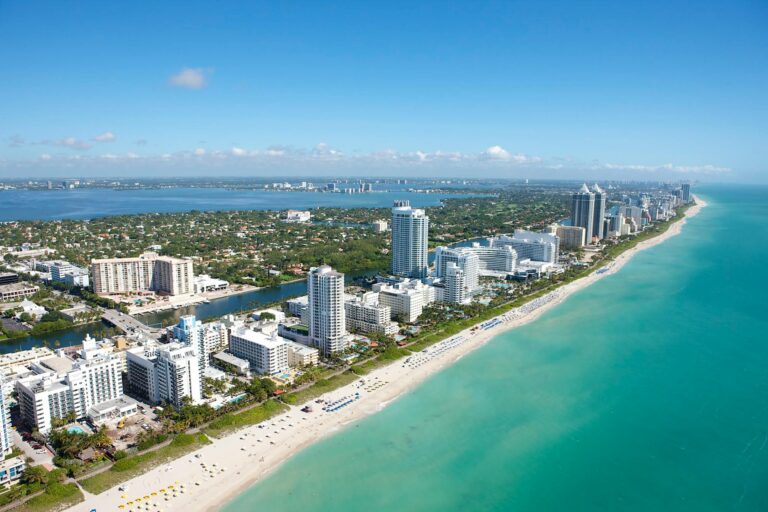
Every year, real estate data teams comb listing activity, page views, days on market, and price movement to identify the ZIP codes where buyer interest is most intense. In 2025, those “hot ZIPs” reveal a clear pattern: demand is concentrating in suburban enclaves near major metros, especially across the Northeast and Midwest, places that combine relative affordability, larger homes, good schools, and commuter access. Understanding which ZIPs are hottest and why they’re catching fire gives buyers, sellers, and investors a tactical advantage in a market that still pivots quickly on limited inventory and shifting mortgage realities.
At the top of this year’s list sits Beverly, Massachusetts (ZIP 01915), a coastal Boston suburb where listings are moving faster than nearly anywhere else in the country. Beverly’s median listing price is substantially lower than the Boston metro average, yet demand is fierce: homes there averaged just a few weeks on market and listings drew several times the national average in views. That mix of relative value, lifestyle amenities, and transit access is a perfect example of what’s driving many of the year’s hottest ZIP codes.
Other ZIP codes making headlines include Marlton, NJ; Leominster, MA; Wayne, NJ; Strongsville, OH; Ballwin, MO; Trumbull, CT; Cumberland, RI; South Windsor, CT; and Bexley, OH. Across the list you’ll notice the same theme: proximity to a major metro without the full price penalty of living in the central city. In some of these ZIPs, listings receive multiple times the average number of views and move 30–40 days faster than the national norm.
Why These ZIP Codes Are Heating Up
Several consistent factors explain the surge:
-
Relative affordability inside high-cost regions. Buyers priced out of coastal metros are moving to suburban ZIPs that deliver more living space for less money. In many cases, the median list price is high relative to U.S. norms but still cheaper than the nearby city center, making the suburb look like a value play.
-
Commuter and amenity access. Suburbs with reliable train service, reasonable highway access, or short drives to job centers offer the hybrid work-life balance modern buyers crave: the possibility of commuting when needed, plus room and quality of life at home.
-
Larger homes and family appeal. Post-pandemic preferences for home offices, yards, and dedicated learning/play spaces continue to push demand toward neighborhoods that can deliver them. ZIPs with good schools and family infrastructure show disproportionate search interest.
-
Inventory dynamics. Many of the hottest ZIPs simply have too few homes for the level of buyer interest. Limited supply plus persistent demand equals faster sales, bidding pressure, and much higher page views per listing.
-
Shifting city dynamics. In some central cities, pockets that were once overlooked are now seeing renewed interest as price gaps narrow or downtown conditions improve, but nationally, the suburban story is dominating the “hottest ZIP” lists this year.
What This Means for Buyers, Sellers, and Investors
For buyers: Expect competition and speed. If you’re shopping in a “hot” ZIP, be prepared to move quickly, have financing pre-approved, be decisive on price and contingencies, and work with an agent who knows how to structure clean, competitive offers. In many hot ZIPs, listings can attract multiple offers the first week they hit the market, so a late decision can be costly.
For sellers: It’s often a seller’s market, but don’t assume every listing will be a windfall. Pricing smartly to attract attention matters. Overpricing can keep a home off the radar even in a hot ZIP; conversely, a well-priced, staged listing can trigger auctions and sell above list. Use local comps and talk to agents who know the micro-market.
For investors: Hot ZIPs can offer shorter holding periods and easier exits, especially where demand is driven by fundamentals like employment or school quality. But beware of heat-driven overbidding, buy based on long-term cashflow and cap-rate assumptions, not just temporary frenzy. Some investors prefer to monitor market heat indexes to pick areas with sustainable momentum.
How to Use This Information Without Getting Burned
-
Look beyond the headline. A ZIP’s “hot” status is a snapshot driven by views and days on market, dig into price trends, inventory levels, local job growth, and schools to see if demand is sustainable.
-
Watch affordability spreads. The most resilient hot ZIPs are those where local wages and commuting patterns support pricing. If a ZIP heats because of short-term migration or speculative buying, it can cool quickly.
-
Use multiple data sources. Combine national rankings with county assessor data and MLS intel to avoid one-dimensional decisions. Heat indexes are great alerts; local MLS depth gives the operational picture.

Final Real Estate Thoughts
“Hot” doesn’t mean “best” for every buyer. A ZIP that’s blazing for investors might be too competitive or expensive for a first-time buyer looking for long-term affordability. For sellers, heat can mean opportunity, but only if timing and pricing align.
The message from 2025’s hottest ZIP codes is clear: in a market shaped by rising mortgage sensitivity and tight supply, suburbs that balance lifestyle, commute access, and relative value are winning the attention of the nation. Whether you’re buying, selling, or watching from the sidelines, these ZIP codes are useful indicators for where demand, and competition, are likely to be fiercest this year. Keep an eye on the data, but always pair the heat index with local fundamentals before you make your move.





